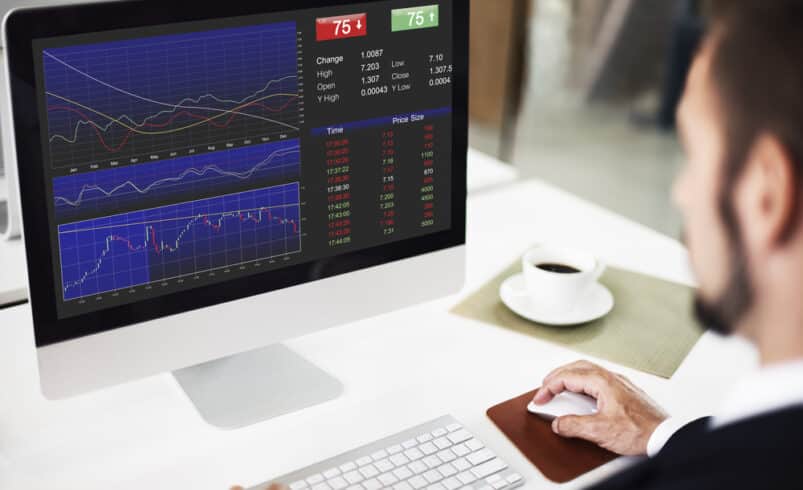Day Trading Vs Swing Trading: Major Differences

Introduction
For a successful trade, any investor must consider multiple factors, including capital, time, returns, rewards, etc. In the highly volatile crypto space, swing and day trading are two trading strategies that help traders earn benefits. In this guide, we will learn about day and swing trading and compare them to know which is more profitable.
Understanding Day Trading
Day trading is the trading strategy where the investor owns a trading position and earns profit from intraday price fluctuations of crypto assets.
The trader has to close a position within 24 hours. Traders have to close their accounts on the same day, refraining from any exposure of their assets to market volatility.
Features of Day Trading
Day traders must stay in a particular position for shorter periods, such as a few minutes or hours. In addition, they can benefit from even minimal price fluctuations and carry out multiple trades in a single day. Day traders do not expose their assets to overnight market gaps, avoiding losses.
Benefits of Day Trading
Traders can benefit from minor price fluctuations in the crypto market and earn capital through trade within hours. In addition, it reduces the exposure to overnight market gaps and highly volatile markets.
Moreover, the traders need to focus throughout the day on all market opportunities and make quick decisions. This eliminates the involvement of emotions in trading decisions.
Downsides of Day Trading
Traders have to put their complete focus on trading during day trade. It could be stressful at times and could lead to stress. A highly volatile trading market could be risky as there could be rapid price movements.
In addition, day trading could consume time and attention, thus minimizing the opportunity to do other work. Traders can earn huge benefits from day trading; however, the greed to earn more could put the traders at risk of loss.
Understanding Swing Trading
Swing trading is a trading strategy in the long run. It might be for days, weeks, or even months. Swing trading allows traders to earn benefits from both upward and downward price movements. Swing trade allows traders to initiate orders even when the market is closed.
Features of Swing Trading
Traders used multiple charts in different time frames during swing trading to identify the market pattern. Traders do not have to worry about market fluctuations in shorter times as they operate in the longer run.
However, a detailed technical analysis is required in swing trading to identify market behaviors and patterns in the long run.
Benefits of Swing Trading
During swing trade, traders do not have to check the trade activities constantly; therefore, it reduces stress. Moreover, traders can also get maximum benefits due to more extended periods. Investors can also engage in other activities as swing trade does not require full-time attention.
Downsides of Swing Trading
Swing trade is exposed to the market gap and volatility, which could be risky. Traders need to be more patient during swing trade to earn more rewards. Swing traders might face an opposite trend to what they expect during the longer run.
The Profit Potential of Day Trading and Swing Trading
Experts and detailed market analysis show that day trading is more beneficial than swing trading. Day traders have a better insight into when to enter or leave any market position. It allows them to earn benefits through a minimal price movement in the crypto market. However, it involves a higher risk potential than swing trade.
Although slower, swing traders earn greater rewards than day traders. However, they can also earn almost the same as day traders through a little more expertise. It involves a lesser risk level due to slower reward frequency. Traders are allowed to leave the market when the conditions become unfavorable.
Conclusion
Traders should carry out detailed research to opt for a better trading strategy. For this purpose, they can use demo accounts before investing in any trading method.













